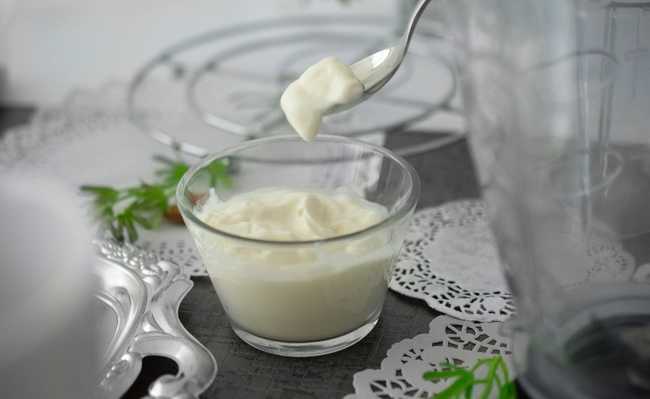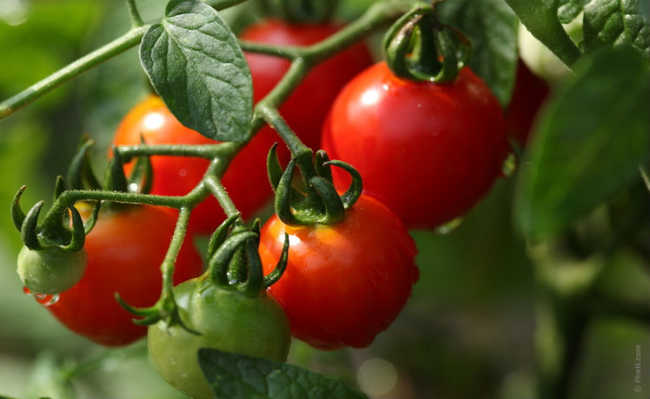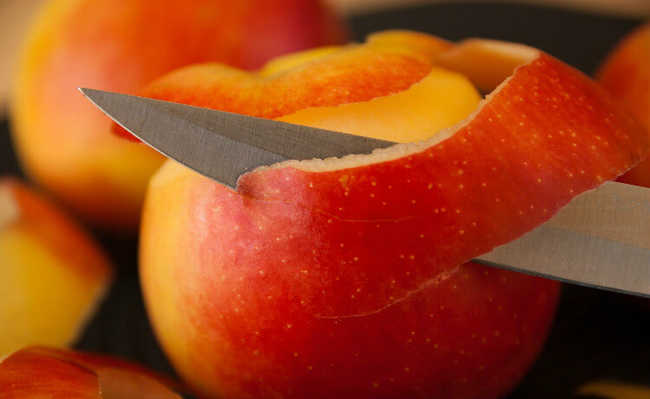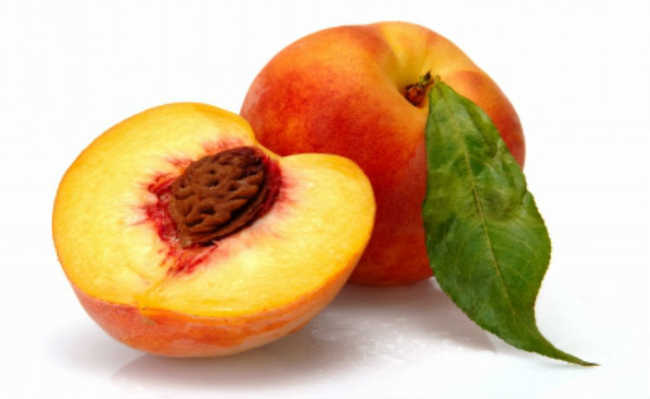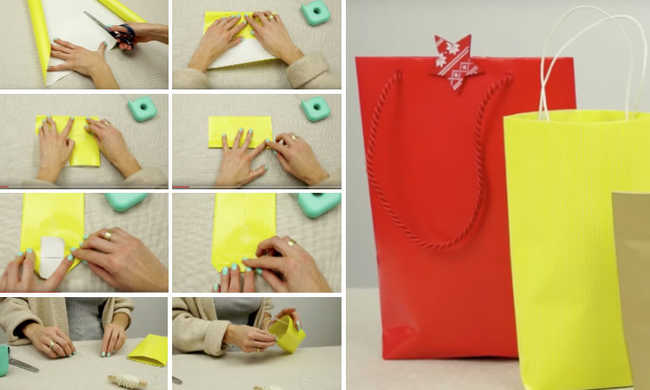Learn How to Make a Home Composter with Earthworms
Find out how to make a homemade compost with earthworms and create your own humus
Illustration: Larissa Kimie/eCyle Portal
Considering that we produce 600 grams of organic waste per day, it is essential that we dispose of our residues in a more sustainable way so that they do not end up in dumps and landfills, contaminating soils and groundwater, even producing methane gas. Learning how to make a composter avoids this type of emission and still produces a very rich resource: humus! Furthermore, it is also good for your health. According to a study, contact with a bacteria present in the humus works as an antidepressant, reducing allergies, pain and nausea.
- Humus: what it is and what are its functions for the soil
Vermicomposting is a type of composting that makes use of worms, more specifically, earthworms, and can be carried out in houses and apartments using domestic composters. With this technique, there is the formation of vermicompost, which is the product obtained through the action of earthworms in organic residues. Vermicompost is also known as earthworm humus and is a great organic fertilizer, very rich in beneficial microorganisms for the soil. Basically, it's "recycled" organic matter.
- Vermicomposting: what it is and how it works
- Composter: what it is, how it works and its benefits
How to make a composter
Peel off a container to make your home composter. It will serve to deter food debris, regulate system humidity and block light (which is harmful to earthworms). There are several models of containers that are sold on the market, but you can also improvise one.
The container can be a wooden box that facilitates the circulation of oxygen and absorbs moisture. Remember to use wood that has not been chemically treated, as the chemicals can harm the worms as well as seep into your compost.
Stackable plastic boxes or buckets can also be used, which should be opaque to block light. It is necessary that the boxes are perfectly stackable, fitting easily into each other, with the top two being the digesters and the bottom two being the collector. The last one on top needs to have a lid. The dimensions of the boxes may vary with the size of the family and the location available to store the boxes. For a small place, it is more common to use the 15 liters, with dimensions of 43 cm X 35 cm X 43 cm, ideal for houses with up to three people, with a capacity of 0.5 liter organic per day. To expand its capacity, add extra digester boxes.
- Large or small composter? Which one to use?
Illustration: Larissa Kimie/eCyle Portal
The ideal is to stack three or more boxes, because while one is fed with waste, the other goes through the decomposition process and so alternately (digestor boxes), the last one will be to collect the biofertilizer (collection box).
To make the composter it is necessary to drill 50 to 100 holes (varies according to the box size) of four to six millimeters in diameter at the bottom of the two digester boxes. Use a drill. In the lid, it is necessary to make a row with three holes on each side with a diameter of 1 millimeter (mm) at a distance of two centimeters (cm) between them (caution that the holes are not made over the lid fitting!) . On the side and top of the digester boxes, drill holes all around the contour following the same measurements. It is important to respect these measurements because they are large enough for vapors to escape and small enough that worms do not escape.
The biofertilizer collection box can contain a tap for the liquid to exit or it can be removed manually. The nutrient-rich biofertilizer can be diluted in a ratio of 1/5 to 1/10 and be sprayed on the leaves of your home garden or on the plants in your house. Buy a drinking fountain faucet, measure its diameter and make a circular hole in the bottom of the collecting box (last one below) the size that you can fit the faucet.
It's useful to put a piece of brick that serves as a ladder in case the worms go down to this bottom box, so they don't drown in the slurry. It is important to know that worms never come down from the box, they always come up - if this happened it is because the environment in one of the digester boxes is not healthy, so it is necessary to verify what the error was.
Put the composter in a cool, ventilated place so it doesn't overheat.
make the bed of the worms
Add a four-inch layer of earthworm humus to the floor of the first digester box.
add the worms
Acquire Californian earthworms (Eisenia hortensis) for your homemade composter . About 450 grams of worms of this type is ideal to start with.
Don't worry as they usually control the population themselves. Some people may be disgusted or fearful about having so many worms at home, but they do not give off a smell and even less transmit diseases (see more in the article "Interview: homemade composters are hygienic").
Feed your new pets
Earthworms need a diet rich in leftover food to stay healthy and produce compost. Keep your waste in a closed pot until it's time to add it to the composting system, this prevents flies putting their eggs in these foods.
The ideal size for food waste is one to five centimeters, or a partial shredding, as very large particles take longer to decompose.
In the beginning, feed them only once a week with small portions piled up in one corner. Always after adding the organic material, cover the food with sawdust or dry leaves, in a ratio of 1:3 respectively. After that, you can insert residue in small portions more often.
The homemade compost can receive vegetable and fruit residues, various types of grains, tea leaves, coffee grounds and egg shells. Mix the organic material when feeding the worms, which will keep flies away. If you can, grind up the organic material before putting it into the compost bin, this will make the worms eat it faster when digesting smaller foods. Learn more in the article "Feeding earthworms in compost?".
Do not feed worms with foods that are difficult to digest, for example:
- Citrus foods (should not make up more than 1/5 of the diet);
- Beef;
- Fats or leftovers from fatty foods;
- Dairy products;
- Canine or feline feces;
- Branches, whether thick or thin;
Find out what should or should not go into the composter by reading the article "What can you put in the composter?".
Don't overfeed your worms. If you feed them more food than they can digest, the container will start to give off a bad smell due to decomposition by microorganisms, causing the system to overheat, killing your pets.
Perform periodic maintenance of the composter
The process does not end when you insert the waste, your composter needs care to result in healthy worms and a good functioning of the system. Aeration is a very important factor in vermicomposters, the organic material must be stirred periodically. The first aeration must take place in the thermophilic phase, that is, when the organic material is hot. Approximately 15 days after composting begins, turn the organic material over and then repeat the procedure about once a week.
Without the presence of oxygen, there is a delay in the decomposition of waste and the production of bad odors such as hydrogen sulphide and sulfur compounds that attract flies. If this occurs, revolve the box more times with the organic material and stop adding residues until the system returns to normal.
It takes approximately a month for the upper box to be full: when this happens, replace it with the middle box, which must have been carefully done before - placing two fingers of earth mixed with sawdust, making the bed for the earthworms.
In this second box, they should feel safer, as there are no changes in temperature or humidity. It is a stable environment for worms to escape if there is a problem in the top box. Leave this box resting until the middle box, which has now taken the place of the top one, fills completely, that is, one month for the top box to fill and another month for the middle box to rest and produce humus.
The collection box (close to the floor) must be emptied, or have its liquid collected by the faucet, weekly. If this slurry is not drained occasionally, fluids accumulate, making the system anaerobic (without the presence of oxygen), producing odors and toxins that can eventually exterminate the poor earthworms.
Humidity is also a factor that must be constantly observed, the material must be neither wet nor dry, the humidity must be between 55% and 60% and can be controlled with sawdust (learn more in the article "Humidity inside composters: factor very important").
Earthworms need an environment with a pH between 5 and 8 - outside this range, their activity may decrease (see further details in the article "What is the influence of pH on compost?");
The metabolism of earthworms is low at temperatures below 15°C; colder than that they die; and at high temperatures, too (learn more in the article "Basic conditions for maintenance of composters: temperature and humidity").
The carbon-to-nitrogen ratio must be balanced, for example, manure and food waste are rich in nitrogen and leaves and sawdust are rich in carbon. Generally, when placing an amount of food waste, three times that amount is placed in sawdust or dry leaves (learn more in the article "Learn how to balance the relationship between carbon and nitrogen in compost").
Over time, the middle digester box will fill with humus, coming very close to the top box. From then on, the worms will move to the other container and you can repeat the process, now with the top box. When this happens, wait for the complete processing of the humus and the complete migration of the worms to the upper box. When this occurs, remove the humus from the middle box and invert its position with the one on top. Use humus to fortify your plants and repeat the process.
Collect and use humus and slurry
The time required for the degradation of organic matter in the composting plant depends on several factors, which must be taken into account in order to obtain the best composting results. Generally with the optimum factors in the middle of the composter, composting takes place between two to three months.
When ready, the compost is dark in color, from gray to black. Test on your hands the moisture of this compost, take a sample and mold it with your fingers and rub it against your palm - if your hand is clean and the material falls apart, the compost is raw; if part remains in the hand, leaving a stain like coffee, the compost is semi-cured; if your hand gets really dirty, the compost is cured.
Some worms can die, but that's okay, they must have multiplied a lot by now.
Open the box in daylight and wait a few minutes for the worms to descend into another box (they don't like light). Remove the surface humus and wait a few more minutes to remove another layer.
Use this nutrient-rich organic fertilizer on your plants or home garden and see the difference in plant growth!
To remove the slurry, just open the tap. Dilute it with water in the proportion of one part of slurry to ten parts of water and use as liquid fertilizer. To repel garden pests, dilute it in water in a proportion of half and half and apply to the leaves when the sun is low.
Now just repeat the whole process again. Watch the video teaching how to make a home earthworm composter.


